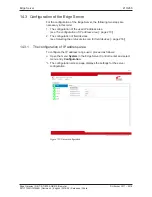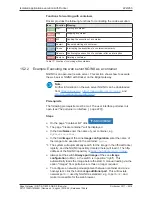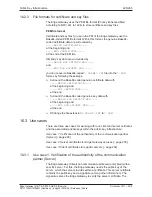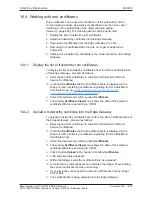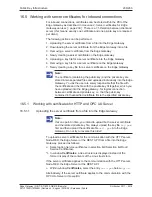
Public Key Infrastructure
226/263
16.2 Certificates and keys
A certificate can be considered as the digital confirmation of authenticity for
the public key contained therein. For the time of its validity, the certificate
connects the identity of the certificate owner owning the private key on one
hand with the public key on the other hand. An advantage of the usage of
certificates is that the effort of password administration is no longer
necessary by creating a state of trust between the host and the issuer of
the certificate.
16.2.1
Structure of a certificate according to X.509
The strtucture of a certificate corresponds to the standard X.509 issued by
ITU-T or the equivalent ISO/IEC 9594-8 standard.
According to this, a certificate has the following constituents:
·
Version
·
Serial number
·
Algorithm ID
·
Time period of validity (specifications of begin and end)
·
Specifications concerning the issuer of the certificate (see below)
·
Specifications concerning the owner of the certificate (see below)
·
Key information concerning the certificate owner
·
Optional: Unique ID of the issuer of the certificate
·
Optional: Unique ID of the owner of the certificate
·
Signature algorithm
·
Signature
·
Extensions
The specifications concerning the issuer and the owner of the certificate
may each have the following attributes:
Attribute
Meaning
CN
Common name
O
Organisation
OU
Organisational unit
C
Country or region
ST
State
L
Location
Table 74: Attributes concerning the issuer and owner of the certificate zum Zertifikats-
Aussteller und Zertifikats-Inhaber
Edge Gateway | NIOT-E-TIB100-GB-RE (Remote)
DOC170501UM04EN | Revision 4 | English | 2018-08 | Released | Public
© Hilscher 2017 – 2018


